Friends, many of you have asked, ‘We installed a water purifier at home, and the scale is gone, but I heard that it also filters out minerals? Is it really healthy to drink this “pure water” long-term?’ This question hits the nail on the head! 🚰
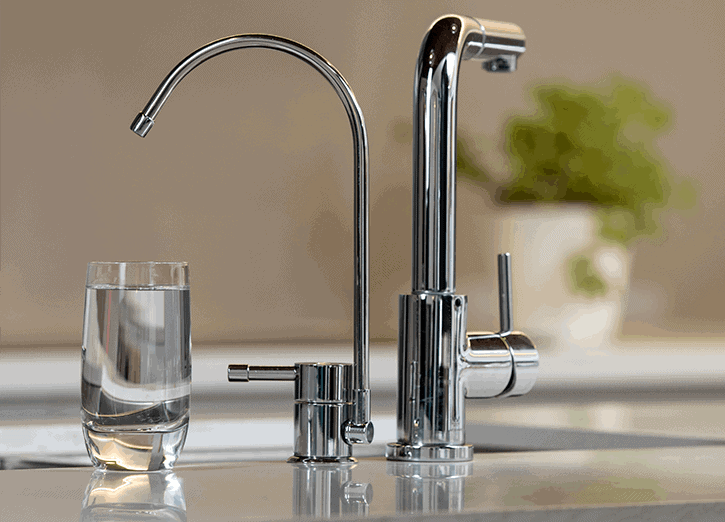
Today, water purifiers have almost become a standard feature in healthy households, with a clear goal: to drink safe, clean water. But safety and cleanliness are just the basics! What’s more critical is: does the water we drink retain the natural minerals essential for life? What’s even more concerning is that if you choose the wrong water purifier, it may not only remove the “good” minerals but also introduce “bad” risks—such as scale inhibitors, heavy metal leaching, and BPA residues.
Today, we’ll delve into the three major “hidden pitfalls” related to health when selecting a water purifier, and focus on how to remove harmful substances while intelligently retaining the natural “nutrients” in the water!
⚠️ Pitfall 1: Drinking ‘chemical agents’ in the name of ‘scale-free’ water? — The truth about scale inhibitors
Many people dislike scale, so manufacturers have introduced RO machines with ‘scale inhibition technology,’ claiming ‘lifetime scale-free’ performance. How does the scale disappear? The truth is: phosphorous compounds (such as sodium hexametaphosphate) are added to prevent calcium and magnesium ions from crystallising, leaving them dissolved in the water for you to drink!
The issues arise:
- Chemical scale inhibitors enter the body with the water, and long-term accumulation may interfere with calcium and iron absorption, increasing kidney strain.
- Manufacturers often avoid mentioning the addition of these chemicals, instead highlighting the ‘scale-free effect.’
- Most critically: it brutally ‘eliminates’ calcium and magnesium ions (the source of scale), yet calcium and magnesium are essential natural minerals in water!
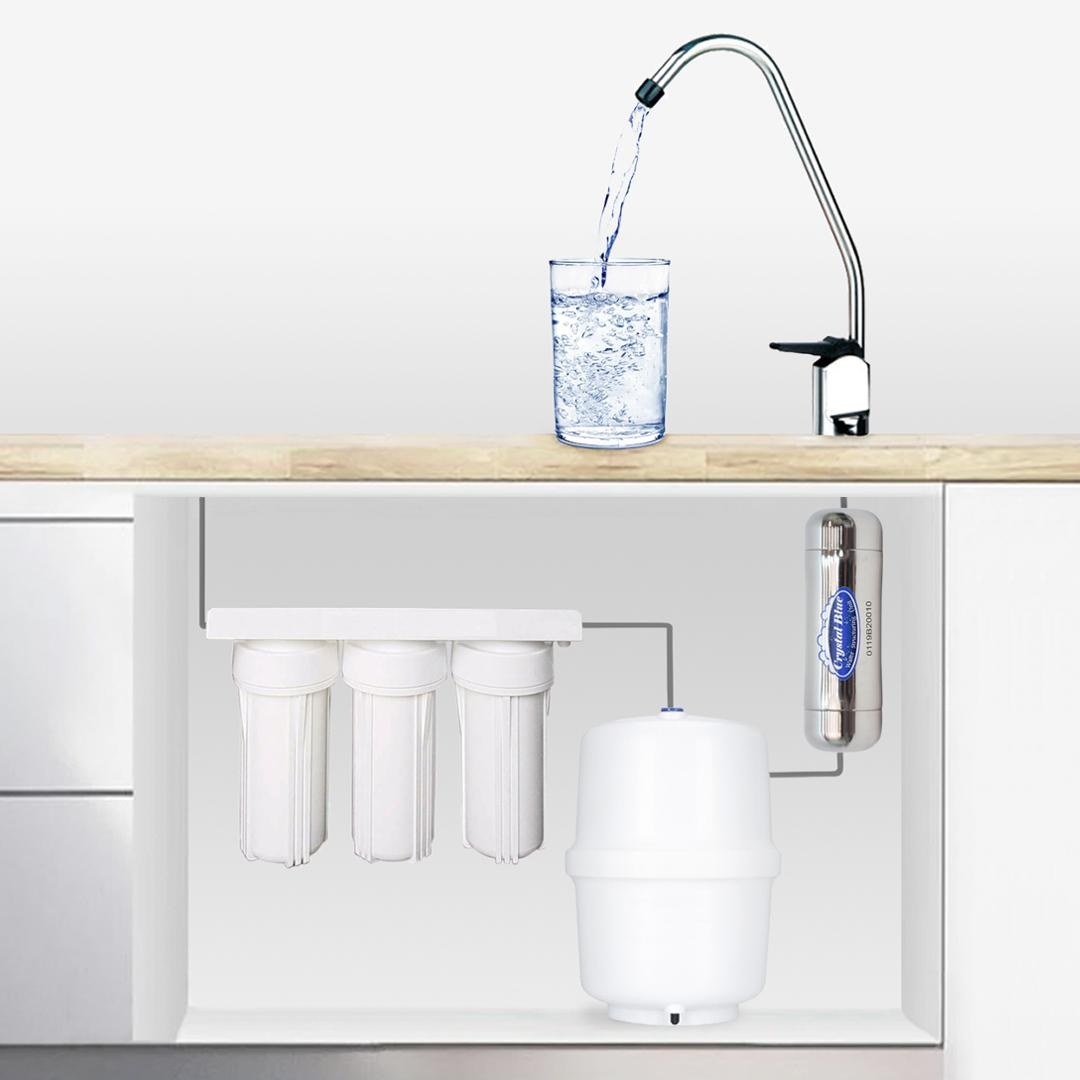
✅ Healthy water selection & mineral retention recommendations:
1. Prioritise products with ‘no added scale inhibitors’ or ‘physical scale prevention’: this is the baseline to avoid chemical contamination.
2. Understand the other side of ‘scale’: A small amount of scale is the natural precipitation of minerals in water (mainly calcium and magnesium), which are essential electrolytes for the human body. Pursuing ‘zero scale’ may not be worth the cost!
3. Choose filtration technology that retains minerals: This will be discussed in detail below!
⚠️ Risk 2: Claiming to ‘filter heavy metals,’ but actually producing heavy metals?
The core function of a water purifier is to filter heavy metals, but low-quality materials (filter housings, connectors, support components) may instead leach heavy metals like lead, chromium, and cadmium! These are colourless and odourless, but long-term consumption poses significant health risks.
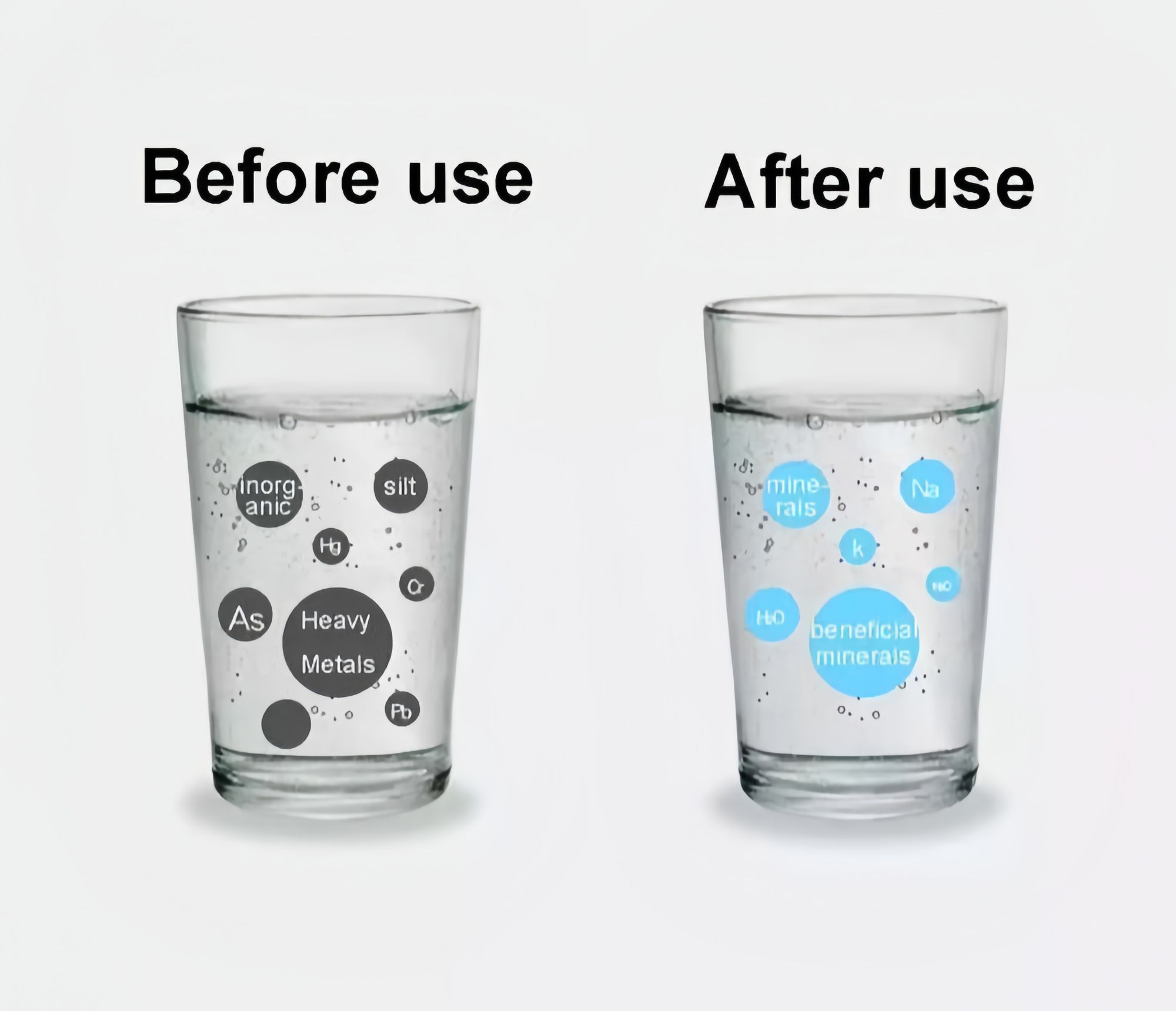
✅ Key to avoiding pitfalls:
1. Material certification is crucial: Look for certifications like NSF and WQA, and check the material of components: food-grade 304 stainless steel, lead-free brass, and medical-grade PE plastic.
2. Avoid low-price traps: Material costs are fixed, and excessively low prices often mean compromising safety.
⚠️ Hazard 3: The ‘hidden bomb’ in plastic—bisphenol A (BPA)
If the plastic components such as the filter housing and water storage tank are made of inferior materials, they may release bisphenol A (BPA). BPA disrupts the endocrine system and affects development (especially in children).
✅ Healthy choices:
1. Look for the ‘BPA-Free’ label: Choose stainless steel water storage containers.
2. Choose transparent hard-shell filter cartridges carefully: Choose white/opaque food-grade PE shells.
🌟 Core concept: Safety is the foundation, and retaining natural minerals is the key to healthy water!
How to remove contaminants while retaining minerals such as calcium, magnesium, potassium, and sodium? Different technologies have their own advantages and disadvantages:
1. RO Reverse Osmosis (Pure Water Machine):
→ Highest filtration precision (0.0001 microns), almost completely removes all minerals, suitable for areas with extremely poor water quality.
→ Long-term consumption requires additional mineral supplementation.
2. Ultrafiltration (UF):
→ Retains minerals but cannot remove heavy metals, suitable for areas with better water quality.
3. High-density activated carbon filtration:
→ The core technology for improving taste! Efficiently adsorbs residual chlorine, odours, and pesticide residues without altering mineral content.
→ Often used as a pre-filter in combination with other technologies.
4. Ultraviolet (UV) light disinfection:
→ The ultimate physical disinfection method! Instantly kills bacteria and viruses without chemical residues or affecting mineral content.
→ Must be used with pre-filtration (e.g., PP cotton + activated carbon), suitable for families with infants and young children.
5. Nanofiltration (NF) & Selective Filtration (Innovative Technology):
→ The optimal solution for retaining minerals!
→ Nanofiltration uses charge effects to intercept heavy metals while allowing minerals to pass through;
→ Selective filtration membranes (e.g., NSP membranes) precisely intercept harmful substances while retaining a high proportion of minerals, resulting in a taste similar to natural mineral water.
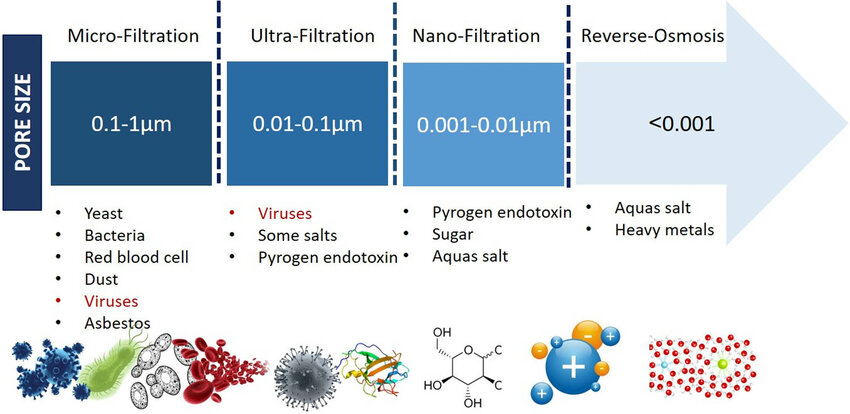
🔑 Ultimate purchasing guide:
1. Test water quality first! Request a report from the water company to identify pollution types (heavy metals/bacteria/high hardness).
2. Combine technologies based on needs:
- Acceptable water quality → Ultrafiltration + activated carbon (retains minerals + improves taste)
- High heavy metal risk → RO system + post-mineralisation filter cartridge (safety first, artificial mineral supplementation)
- Seeking both natural and safe → Nanofiltration/selective filtration + UV sterilisation (high-end option)
3. Safe materials > flashy features! All water-contacting components must be NSF/WQA certified.
4. Replace filters when expired! Activated carbon becomes saturated, UV lamps age, and overuse leads to secondary contamination!
💧Take action for better water:
1. Check your current water purifier:
→ Does it contain scale inhibitors? Are the materials safe? Are the filters expired?
2. Share this article with your family: especially the ‘family procurement officer’ responsible for buying water purifiers!
Feel free to leave comments and interact
- What type of water purifier does your family use? Have you encountered any issues?
- Do you think ‘safety’ or ‘preserving nutrients’ is more important?
If you find my article helpful, please contact me to learn more about health knowledge together!
A final heartfelt message:
A water purifier is a tool; health is the goal.
Drinking the right water is the most cost-effective investment in wellness! 💧
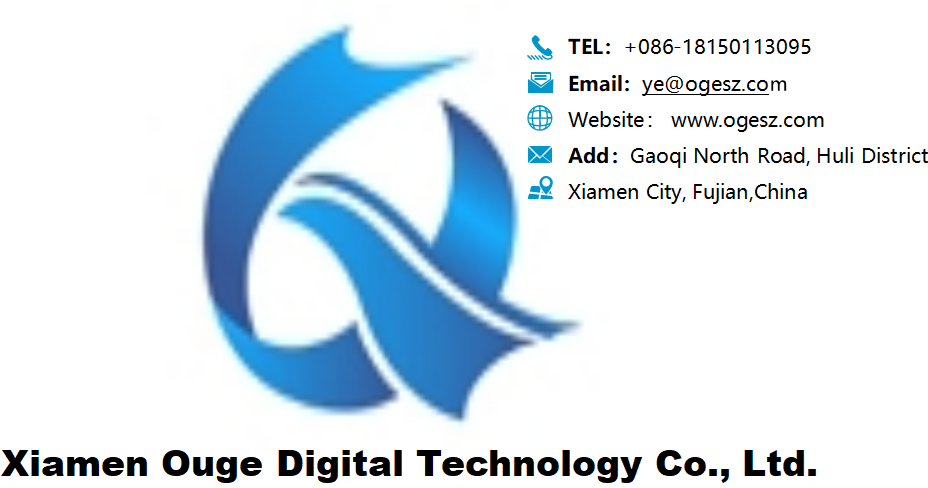
 Reverse Osmosis Technology for Wastewater Treatment: Understanding How RO Systems Operate
Reverse Osmosis Technology for Wastewater Treatment: Understanding How RO Systems Operate
 The “Magic” of Turning Seawater into Freshwater: Unveiling the Core Secrets of Reverse Osmosis Technology
The “Magic” of Turning Seawater into Freshwater: Unveiling the Core Secrets of Reverse Osmosis Technology
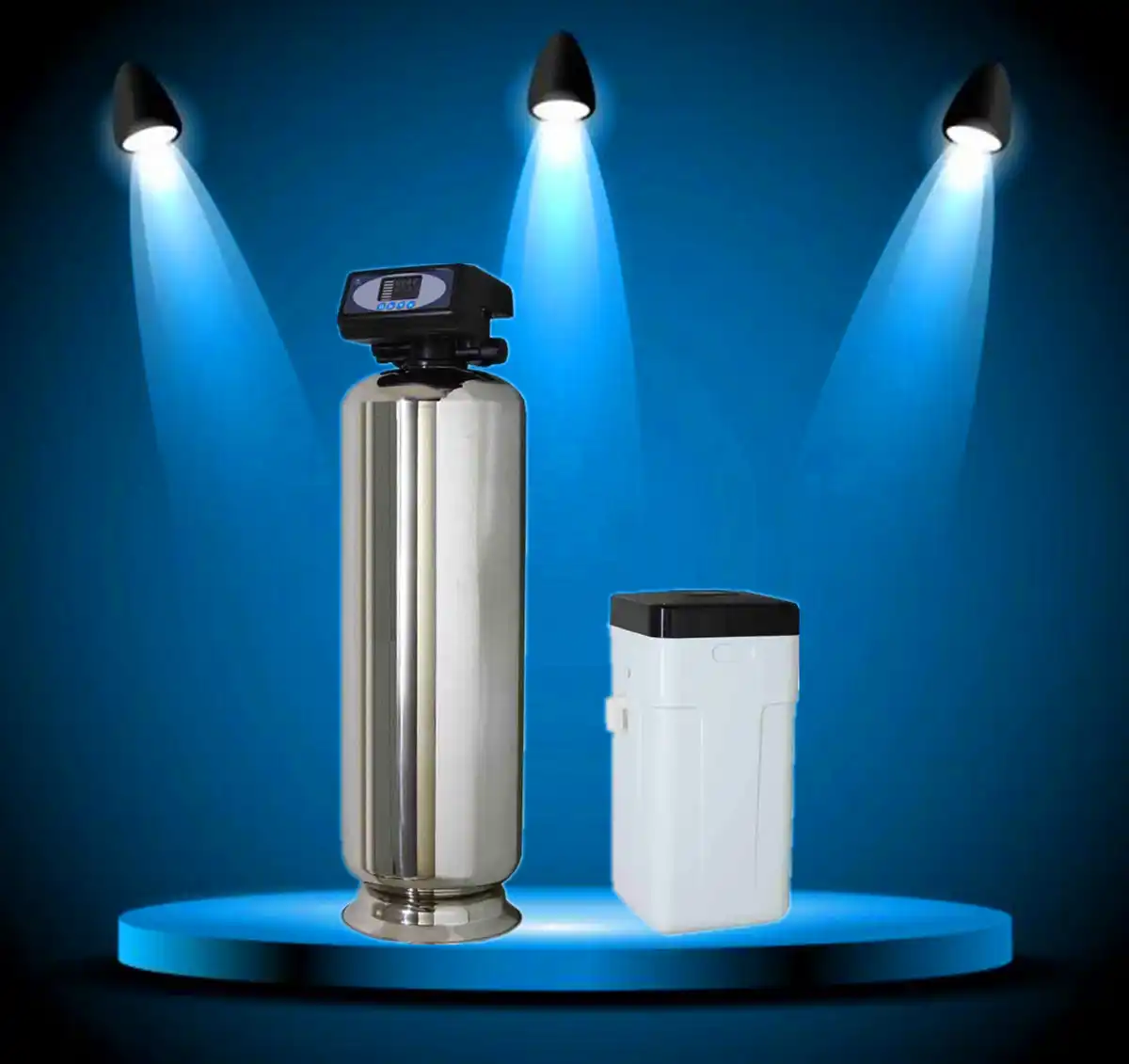 How to Choose Reliable Central Water Filtration and Water Softening Systems? Most People Get It Wrong!
How to Choose Reliable Central Water Filtration and Water Softening Systems? Most People Get It Wrong!
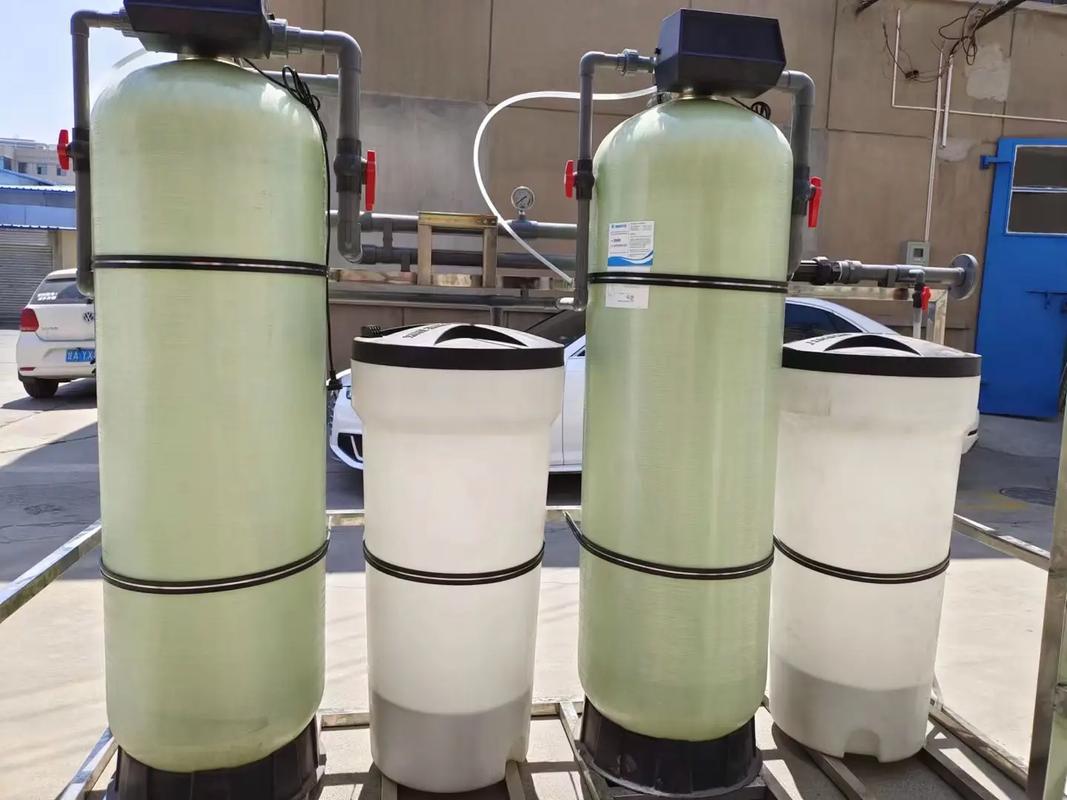 In rural areas, where groundwater from wells is the primary water source, is it truly necessary to install water purification equipment?
In rural areas, where groundwater from wells is the primary water source, is it truly necessary to install water purification equipment?